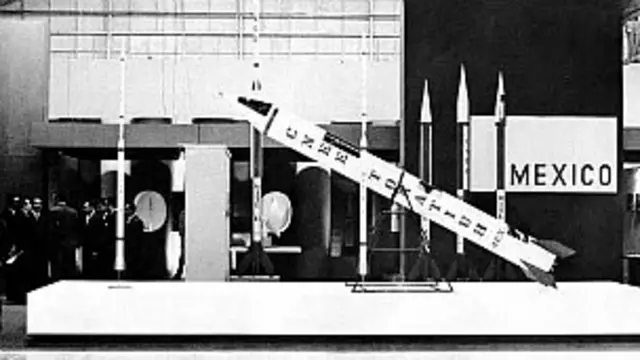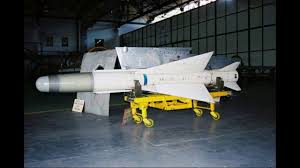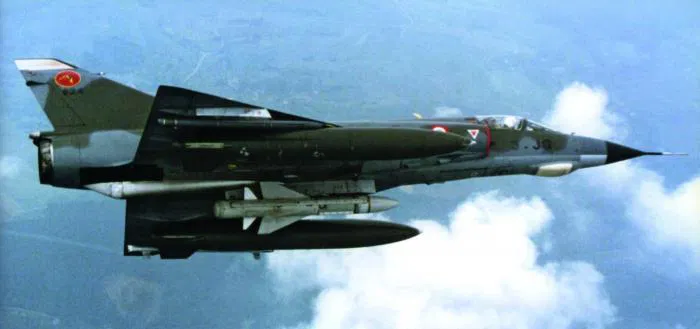The more we crawl down rabbit holes like making the A4 into a Python toting dogfighter the more I think about the much easier ways the Argentines could have done better with what they had in their inventory.
For example they deployed some 36 x 105mm artillery pieces (2 regiments) to the islands, but when these were shown to be ineffective to counter the RN's guns 2 (or 4?) 155mm pieces were flown out. A better strategy would have been to deploy a regiment of 155mm artillery pieces at the very start.
Let me tell you a few factors about Latin America and you can understand why we have the air forces we have.
View: https://www.youtube.com/watch?v=t26wEnsm2z4
If you look these are all the fighter aircraft operated in Latin america but in Spanish they say most air forces have obsolete aircraft and some nations do not even fighters so they are not even included such as Bolivia and Guatemala
The first question is why that happens first?
The answer some nations are small and they do not feel threatened by their neighbors.
Costa rica Does not even have an army.
The Medium to big nations have fighters.
Peru MiG-29s and Mirgae 2000, Venezuela Su-30s, Cuba MiG-29s and MiG-23, MiG-21s (Cuba has few operational aircraft due to obsolecense ) Colombia has Kfir, Brazil has F-5s, Gripen, Chile, Venezuela and Argentina have F-16s.
Mexico F-5s..
No one operates 5th Generation fighters, so you could saywe are at least 1 generation behind.
Mexico only has 3 F-5s, practically Mexico has no fighters, Honduras has F-5s.
In 1982 was no different.
The reason are varied but basically is poverty, lack of a real threat, geopolitical constraints (the USA did not want wars in the Americas so always so at least one generation behind aircraft) and the local military industry was never supported by the USA and always supported voices within Latin America to desist from building military aircraft.
In 1982 the most advanced air forces in Latin America were Brazil and Argentina and to a lesser extend Chile due to their local aviation Industries.
If the Falklands war would not had happened, very likely Argentina would had gotten Mirage 2000s or F-16As by 1990.
View: https://www.youtube.com/watch?v=YnTTeDcy4pc
However the Falkland war destroyed the dictatorship in Argentina in 1983, so is very unlikely there would have been a Falkland war in the 1990s, the Argentine dictatorship killed at least 30,000 people in Argentina from the mid 1970s to 1983.
This video if you watch it you will see a kind of neutral view of the war with a Latin American view
View: https://www.youtube.com/watch?v=3wXs7yth5-U
So for what I see, very likely the War had only one option a war in 1982, and that leaves the A-4s and Mirage III as the only possible fighters and also the only time and year for that war at least in the XX century.
However they mentioned that if Argentina would had taken the Falklands, they planned attack Chile to get the Islands in the Patagonia, but Argentina did not have Foreign Relations with Cuba, so Soviet help was only neutrality in the conflict. So no Soviet Fighters were possible. (however some sources claimed a little Soviet help did happen.






















